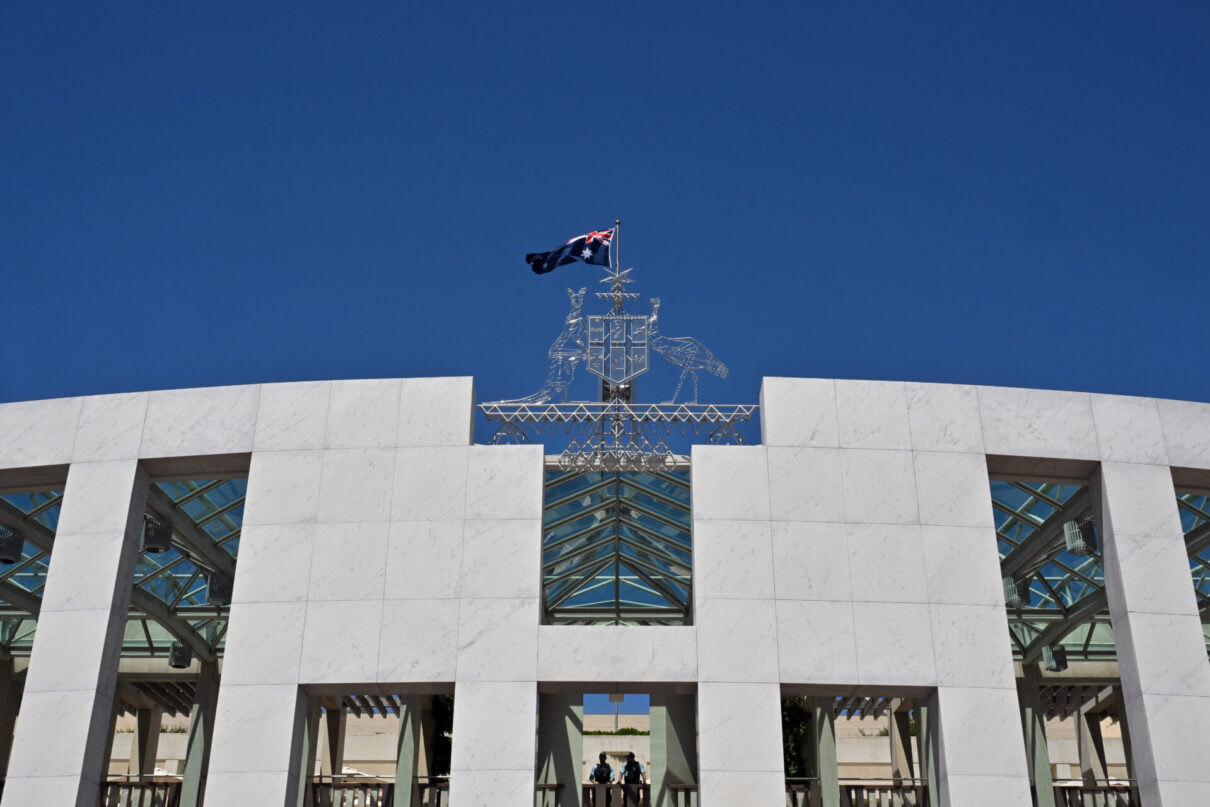Rise of minor parties and independents upends old predictive models; demands power sharing rethink

Australia was never exclusively a “two-party system”, a reality that is getting harder to ignore as minor party and independent representation grows, according to new research from the Australia Institute.
While power sharing has always been a feature of Australian parliaments, the declining major party vote demands a more mature and nuanced analysis of electoral outcomes, the contribution of crossbenchers, and their role in government.
Key Points:
- Australia is unusual in electing independents at all, let alone in large numbers. There are more independents elected to the Australian House of Representatives than elected to the US, UK, Canada and New Zealand Parliaments put together.
- The recent growth in minor party and independent representation is just the latest example in a long history of power sharing in Australian parliaments.
- The 2022 federal election shows that crossbenchers can win elections with lower primary vote shares than major party candidates.
- There are no “safe” seats when it comes to independents and minor parties: since 2001, crossbenchers won more “safe” seats than they did “marginal” ones.
- Existing prediction models, such as the electoral pendulum, are limited to contests between the major parties, and so are becoming less useful.
- Over the last 20 years, all nine jurisdictions in Australia have experienced some form of power sharing government.
- Both the largest state (NSW) and the longest-serving government (the Barr Labor–Greens Government in the ACT) are currently in power sharing arrangements.
“Dark talk of ‘coalitions of chaos’ or ‘maverick’ independents ignores the historical reality that power sharing has been a feature of parliaments as long as they have existed”, said Bill Browne, Director of the Australia Institute’s Democracy & Accountability Program.
“Independents are a distinctive feature of the Australian political landscape, and for some voters they clearly offer something different to the political parties.
“Political commentators and strategists who focus on the two-party ‘horse race’, neglecting the growing minor party and independent vote, will increasingly be caught out by seat upsets.
“Just this month, elections in France delivered a hung parliament and in the UK independents had their best result since World War 2. Other countries are now grappling with a question that Australian parliaments are very familiar with: how to share power in a multipolar democracy.”
Related research
General Enquiries
Emily Bird Office Manager
Media Enquiries
Glenn Connley Senior Media Advisor